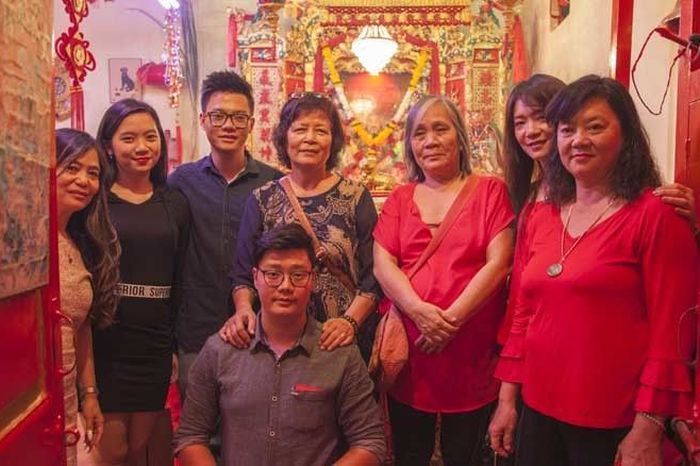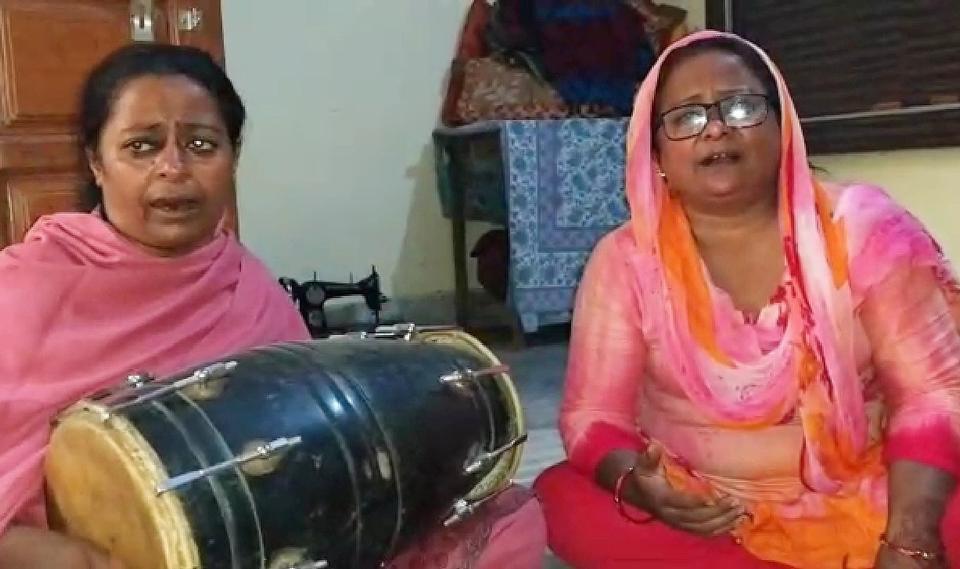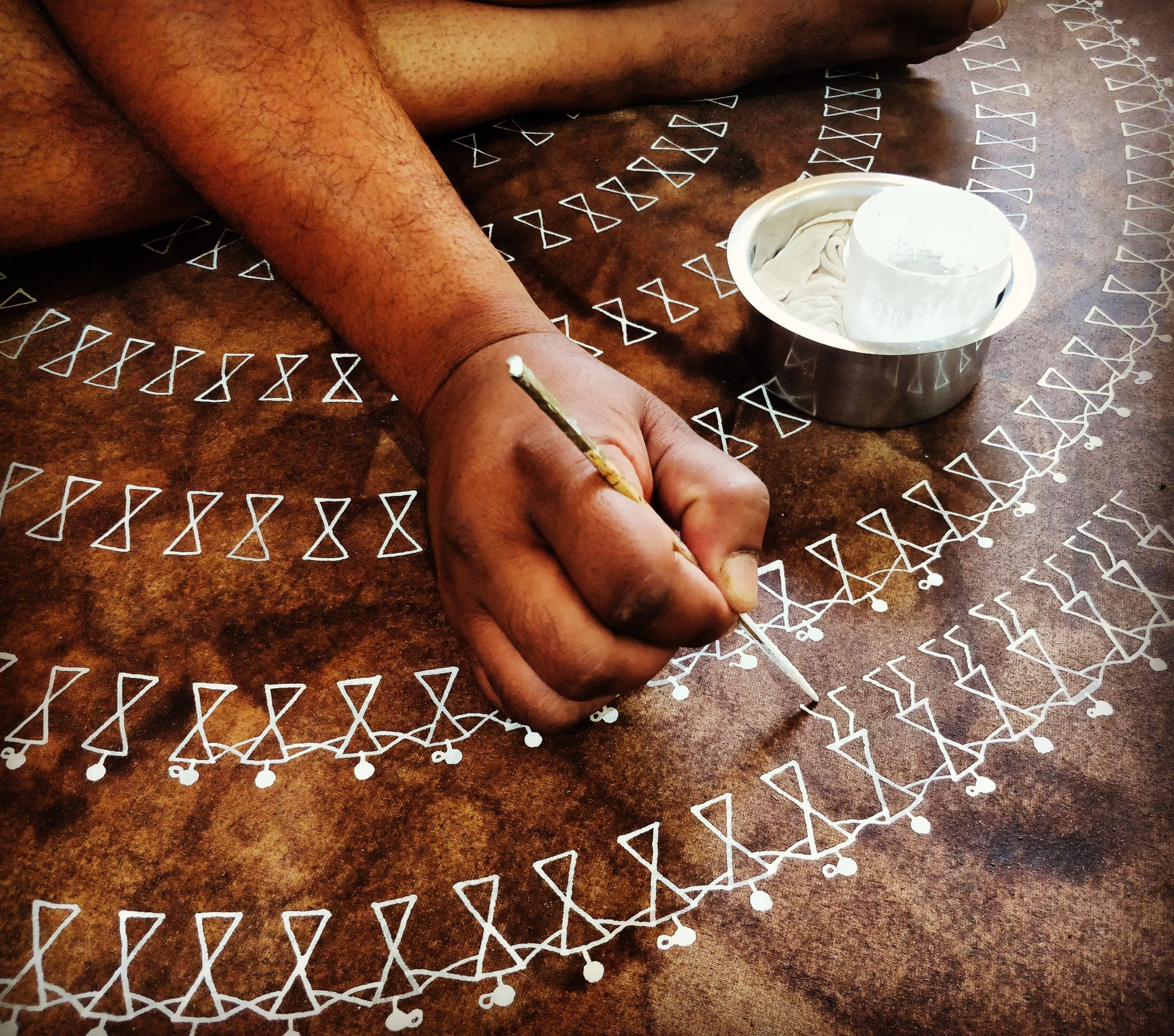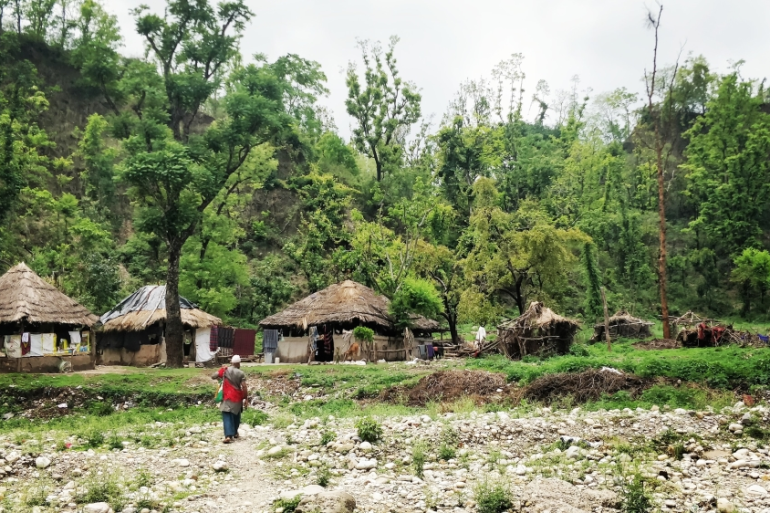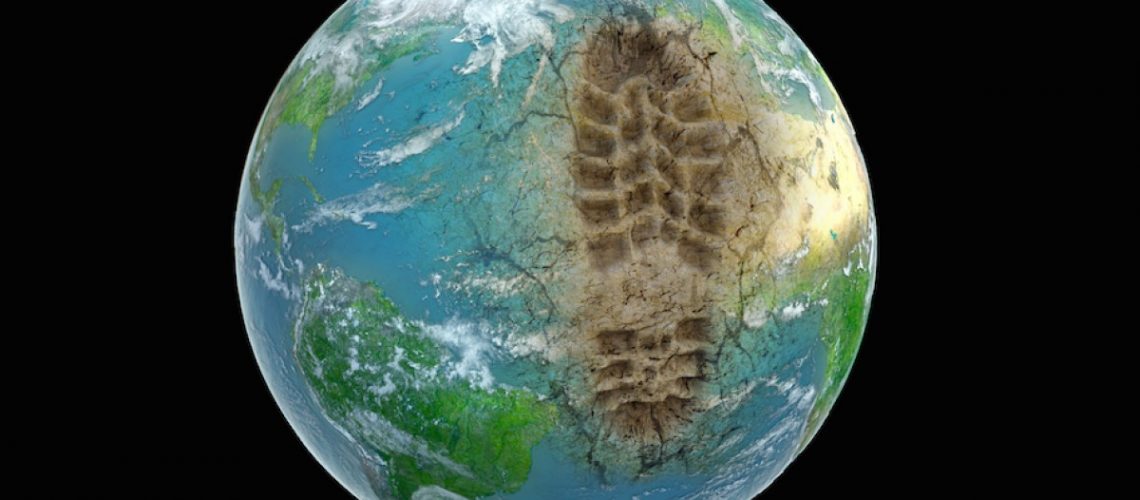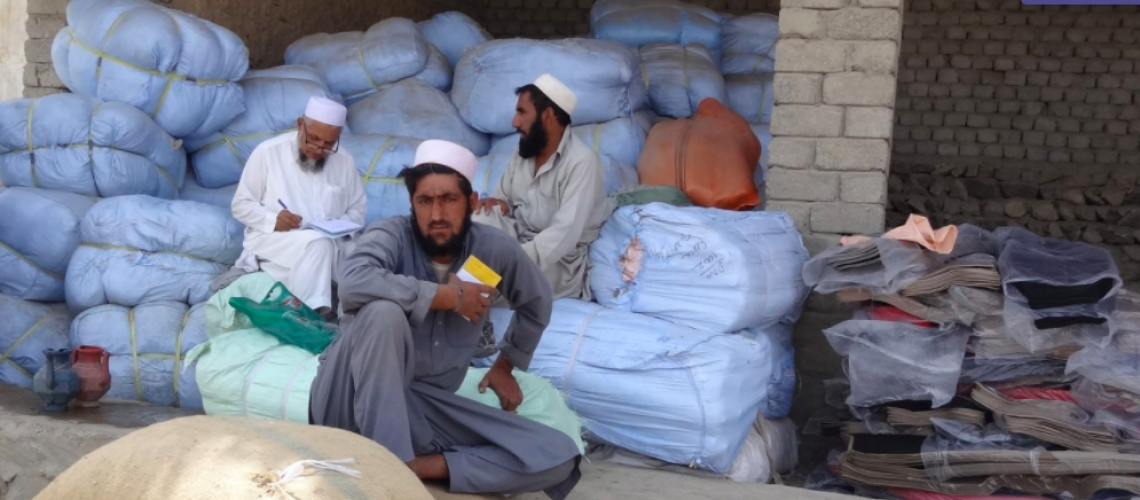The Last Of Mumbai’s Vanishing Chinese Community -Homegrown
“Yahan pe Chinese log kahan rehte hain (Where do Chinese people live here)?” I ask an old, shabbily-dressed man sitting on his haunches beside a tea stall, sipping on chai in the bustling by-lanes of Mumbai’s Kamathipura. “Chini log rehta tha pehle, ab sab chala gaya (They used to, now they have all gone away),”
How the folklore of Mirasins thrived in 19th-century undivided India – TRTWORLD
As Umrana Niazi and her party of five sing together while her aunt, Shahenila, skilfully plays the dholak, the modest yet joyous performance put up especially for me on a video call on October 20,
Jacinda Ardern on ‘Multilateralism that Delivers’ – SOAS
The Prime Minister of New Zealand, Jacinda Ardern’s quote resonated with several other leaders, political thinkers, academics and heads of democracies who participated in World Leadership Alliance Club de Madrid’s Annual Policy Dialogue held virtually from Oct 28 to Oct 30, this year. Its theme, ‘Multilateralism That Delivers’ contextualised the most pressing concerns surrounding global harmony in the current times.
Warli on the wall: The Warli tribe in Maharashtra’s Ganjad draws from life to create unique art – GaonConnection
Palghar, Maharashtra Warli artist Anil Vangad’s dog Preni barks, breaking the deafening silence of Ganjad village in Maharashtra’s Palghar district, about 120 kilometres north of Mumbai. Situated on the foothills of the lush Sahyadris, Ganjad is slowly coming to be recognised as an art village; an important cultural centre where one of India’s most popular indigenous art thrives. The village with 12 padas (hamlets) is home to the Warli tribe of northern Maharashtra and Warli art, popular the world over.
‘Guests in our own homes’: The forest tribe of India’s Himalayas – Al Jazeera English
Uttarakhand, India – On a cloudy summer afternoon in the Shivalik forest, Jumman is sprawled on a charpoy, enjoying the monsoon breeze. His grandchildren have taken the cattle to graze in the forest, while his sons have moved up to the mountains near Uttarkashi, hoping to escape the heat.
At the intersection of Geography and Anthropology – SOAS
“One of the defining features of the Anthropocene is that the world is changing in ways that compel species to move, and another is that it’s changing in ways that create barriers—roads, clear-cuts, cities—that prevent them from doing so.”
Drugs and (dis)order: transforming drug economies in the aftermath of war – SOAS
In 2017, the production of illicit opium in Afghanistan generated about 20-32% of the country’s GDP; being cultivated on about 3,28,000 acres of land. Reports suggest that over 90% of the heroin consumed in the UK comes from Afghanistan. It is the biggest global producer of opioid drugs; followed by Myanmar that produces 25% of the world’s opium; cultivating close to 150 tonnes and significantly trading through the Golden Triangle. Halfway across the world, Colombia too sees an illicit drug economy, employing people from 67,000 households in coca cultivation, producing 1976 tonnes as per 2017 figures.
Decolonising the internet: Whose knowledge is it? – SOAS
This quote by Nigerian journalist and critic, Chinweizu Ibekwe beautifully sums up the need to decolonise much of the knowledge that we have been passed on for so long. Be it curated histories, salvaged anthropologies, non-inclusive health and science standards or dominating languages, much of what we read, think and consume has been formed and developed by western, mostly-male perspectives.
SOAS Alumni: Interview with journalist Kunal Purohit – SOAS
Kunal Purohit is an independent journalist, researcher and podcast producer based in Mumbai, India. He pursued an MSc in Development Studies on a Felix Scholarship from SOAS in 2016-17 and worked briefly as a research assistant at the SOAS South Asia Institute.
WOULD YOU LET MUMBAI’S OLDEST SURMA ARTIST STICK KOHL IN YOUR EYE? – OZY
There’s nothing that unusual about Vallabhbhai Patel Road. Located in the Dongri neighborhood, it’s the embodiment of old Mumbai: old buildings and narrow roads dotted with stores, eateries offering kebab platters and roadside stalls serving up refreshing faloodas in the heat.
